: FAS Nuclear Notebook
Every effort has been made to ensure images are correctly attributed; however, if any omission or error has been made please notify the Publisher for correction in future editions.
MICHAEL JOSEPH
UK | USA | Canada | Ireland | Australia
India | New Zealand | South Africa
Michael Joseph is part of the Penguin Random House group of companies whose addresses can be found at global.penguinrandomhouse.com
First published 2018
Text copyright Lawrence Freedman, 2018
All images copyright Ladybird Books Ltd, 2018
The moral right of the author has been asserted
Cover illustration by Duncan Smith
ISBN: 978-1-405-93452-7
Lawrence Freedman
Nuclear Deterrence
with illustrations by
Duncan Smith
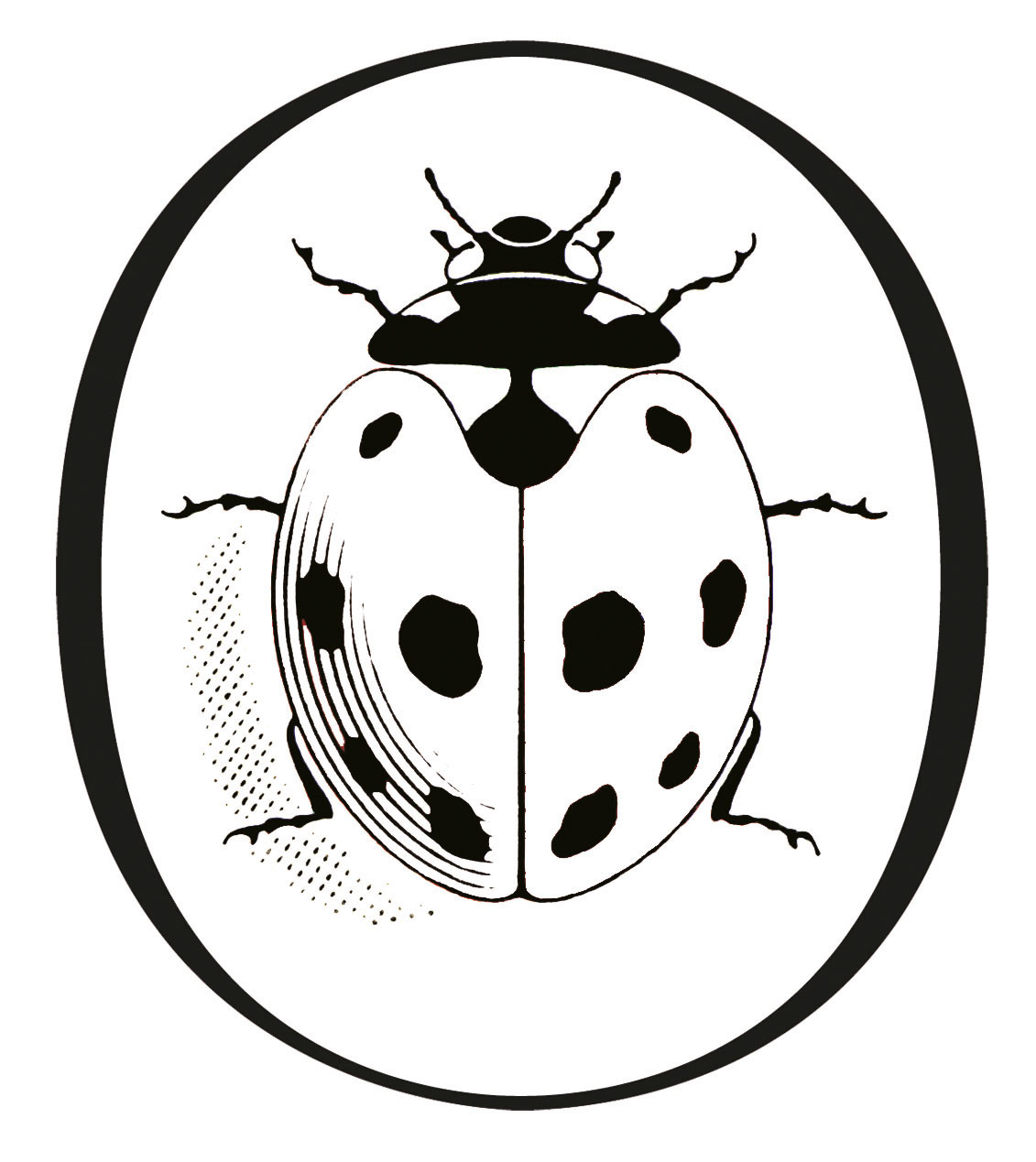
Our word deterrence comes from the Latin deterre to frighten from or away. We deter by threatening another with punishment if they act against our interests. Whether or not they are deterred will depend on how seriously they take our threat. Are they confident that the punishment will be inflicted? How much do they value the act we wish to prevent? Deterrence therefore is an act of persuasion. If the target is unconvinced, then deterrence will fail, and it often does. At the same time, we can deter without making explicit threats. Someone might plan to do us harm but then, knowing something about how we are likely to react, decides not to go ahead.
Deterrence is found in nature. Caligo butterflies have owl-eye markings on their wings to discourage small birds from approaching to snap them up. In human affairs, deterrence is regularly at work, from attempts to control naughty children to efforts to reduce crime. In these cases we are well aware that deterrence may fail because the threats are communicated poorly or are discounted by the target. According to the Bible, the first deterrent threat was when God warned Adam and Eve that if they ate the fruit of the trees of knowledge and conscience in the Garden of Eden, they would be doomed to die. Yet they still disobeyed.
This book is about a particular form of deterrence, employed to prevent war and drawing upon the unprecedented power of nuclear weapons, in which the consequences of failure are too horrendous to contemplate.

Nuclear weapons resulted from the advances in scientific understanding of the structure of the atom during the first decades of the twentieth century. As the Second World War approached there was a critical breakthrough. A uranium atom could be split into two in a process described as fission, releasing a small amount of energy. But if the neutrons released by splitting one atom went on to split others, and these in turn released even more neutrons that went on to split many more atoms, this chain reaction would lead to a massive explosion. For this to happen, a critical mass of fissionable material must be held together. In practice many problems had to be solved before such a bomb could be constructed. But in theory it could be done.
The news stunned the international scientific community. Leo Szilard was one of the first to recognize the possibility of a chain reaction. Fearful that the Nazis would see the potential of a fission bomb, he urged Albert Einstein, the most prestigious scientist of his time, to write to President Roosevelt. The letter reported the possibility of extremely powerful bombs of a new type. Roosevelt took it seriously. In 1942 the Americans established the Manhattan Project, with active British and Canadian participation. This immense scientific and engineering endeavour was tasked to see if fission or atomic bombs were feasible, and, if they were, to build them.
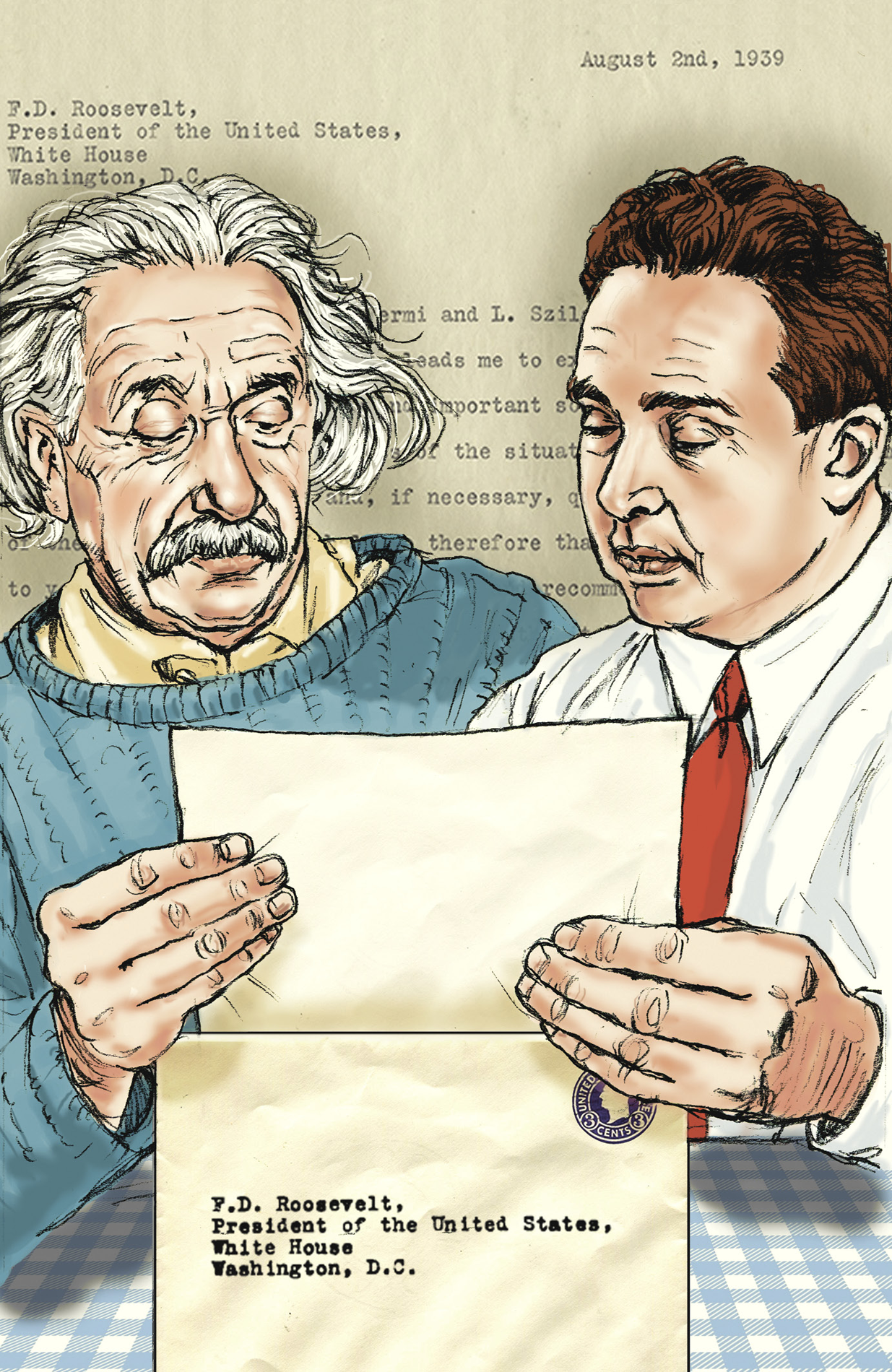
Albert Einstein and Leo Szilard
In July 1945 the first device was tested in New Mexico. By then Germany had been defeated but Japan had yet to surrender and the US was gearing up to invade the country later in the year. President Truman was looking for a way to bring the war to a quick conclusion and saw the new bomb as one answer.
By this stage of the war terrible destruction of cities had become commonplace. Following the German bombardment of Britain that began in 1940, the US and UK had returned the fire against Germany and Japan, with massive raids causing tens of thousands of casualties in a single night. The atomic bombs dropped on Japan in August 1945 were therefore the culmination of a brutal war, and not even the worst attacks suffered by Japan. In March of that year 100,000 had been killed in the firebombing of Tokyo.
The shock of the atomic bombs lay in their efficiency and the insidious effects of radioactivity. A single bomb (codename Little Boy) destroyed the city of Hiroshima on 6 August 1945, killing some 80,000 people immediately. Three days later, a second bomb (codename Fat Man) killed some 40,000 in Nagasaki. In both cases the number of fatalities subsequently doubled, with the effects of radiation sickness taking their toll. On 15 August the Emperor of Japan announced his countrys surrender, referring to a new and most cruel bomb, the power of which to do damage is, indeed, incalculable, taking the toll of many innocent lives.
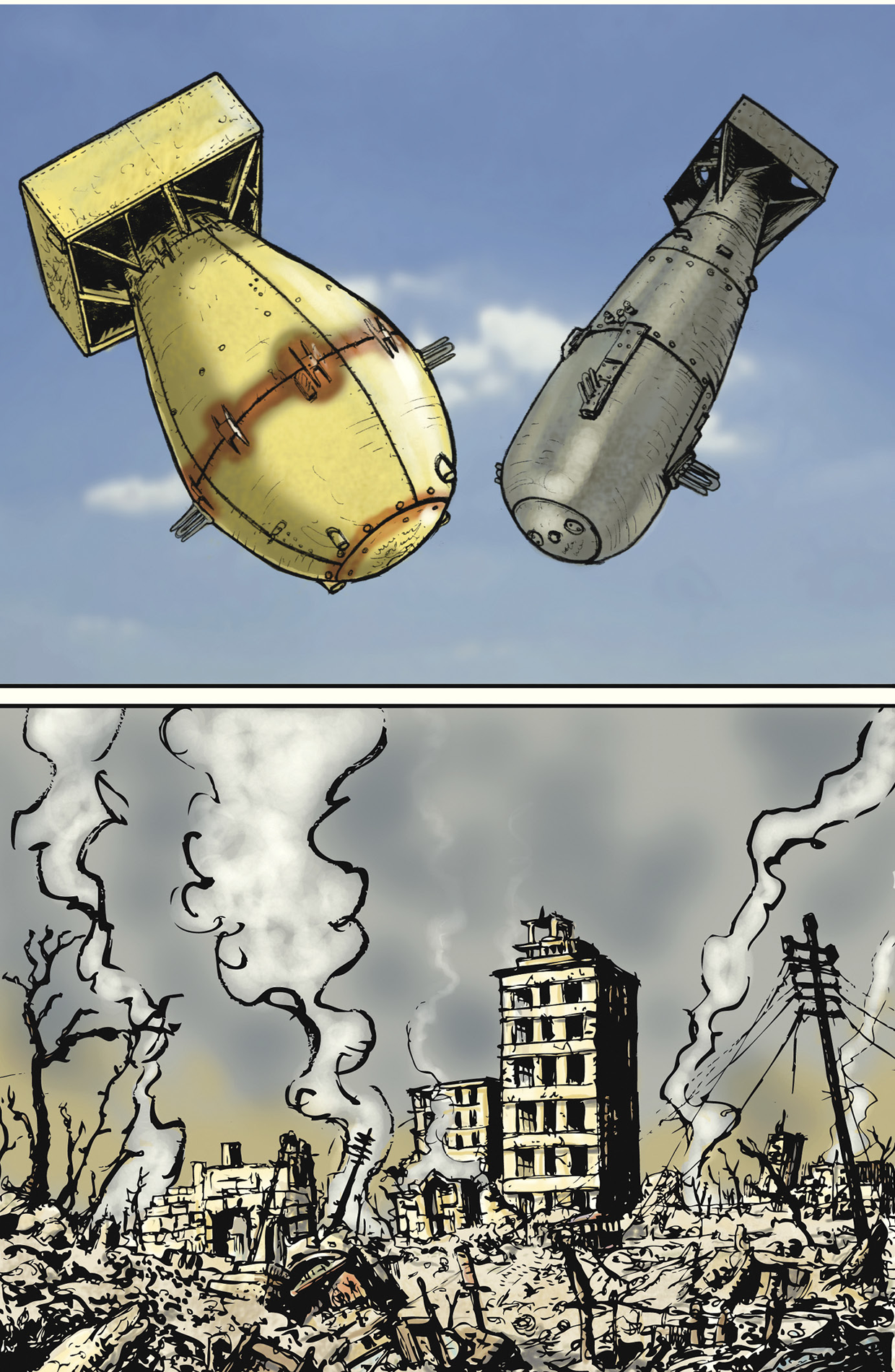
Fat Man and Little Boy. The two bombs dropped on Japan in August 1945.
The American monopoly of these weapons did not last long. In August 1949 the Soviet Union tested its own atomic device. In response, the Americans moved to the next stage of nuclear technology, from weapons based on nuclear fission to hydrogen or thermonuclear weapons based on fusion. These weapons promised almost unlimited destructive capacity. In a fusion bomb, the energy from a fission explosion is used to create sufficient energy to squeeze isotopes (deuterium and tritium) of hydrogen together, leading to a massive explosion. The first hydrogen bomb was tested by the US in November 1952. The Soviet Union soon followed.
Whereas atom bombs had explosive yields measured in kilotons (equivalent to thousands of tons of TNT), those of hydrogen bombs were typically measured in megatons (equivalent to millions of tons of TNT). The most powerful bomb ever was one tested by the Soviet Union in October 1961, which reached 57 megatons.
The effects of any bomb in terms of the scale and spread of the damage and casualties would depend on its size and whether it burst on the ground or in the air. Even with the smaller weapons, human beings within a large radius would be killed immediately by blast and fire. Many survivors would be left suffering from severe burns, radiation sickness and psychological trauma. The effects would be felt far away, as radioactive particles (known as fallout) would be carried by the wind to distant places, without regard for national boundaries. Over the longer term this would result in a higher incidence of leukaemia and cancer.
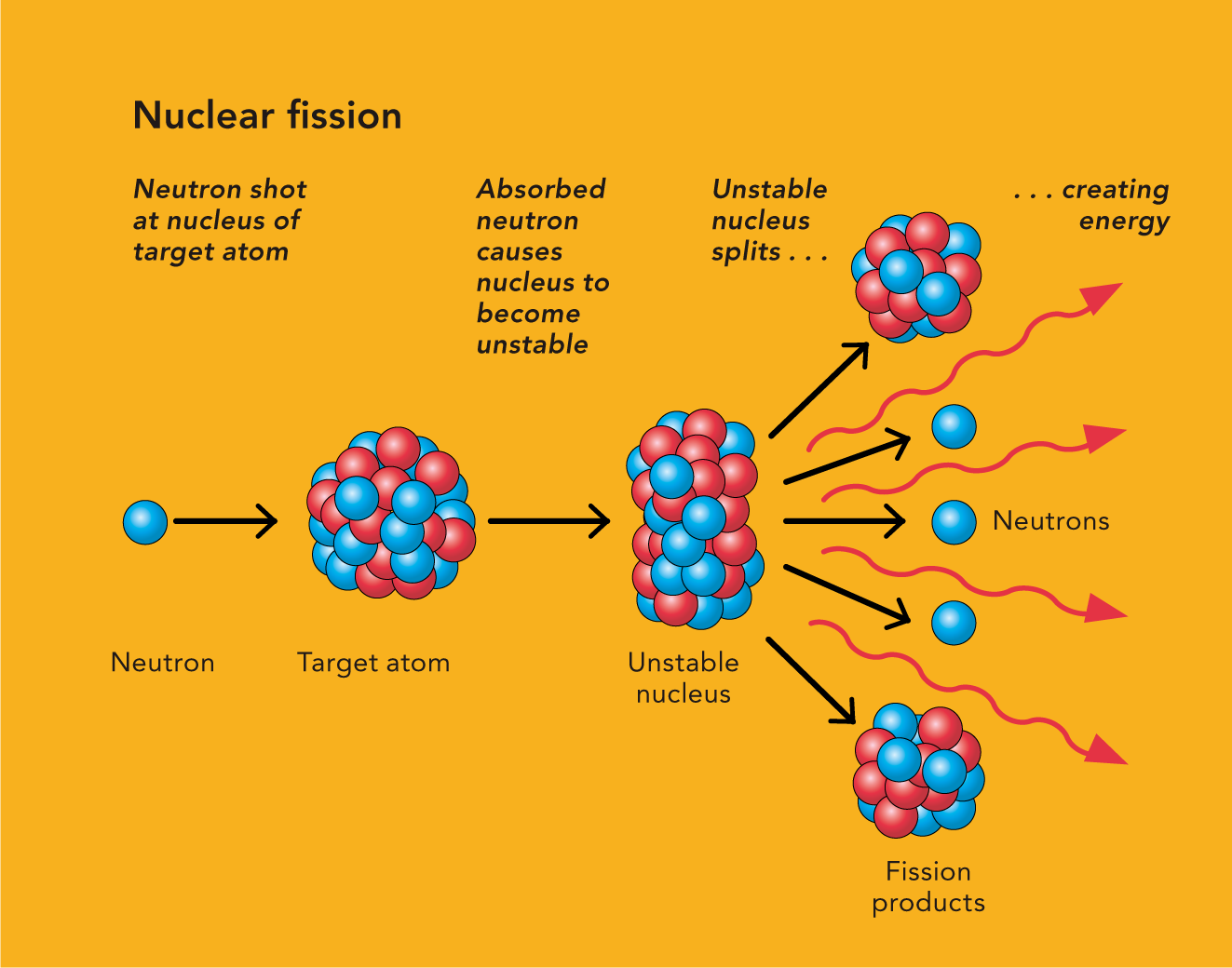 Next page
Next page
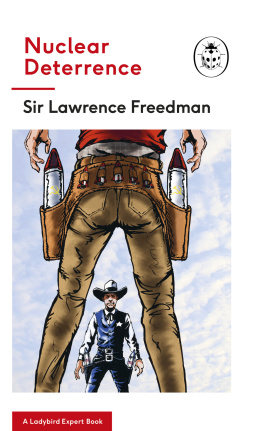
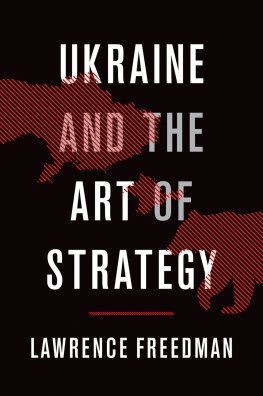
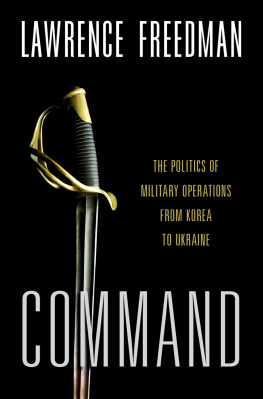
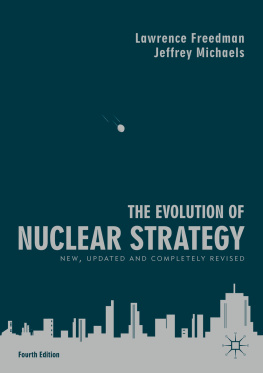
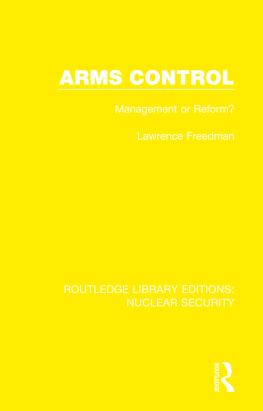


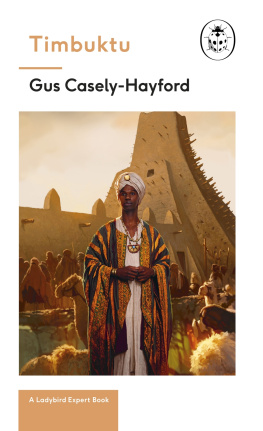

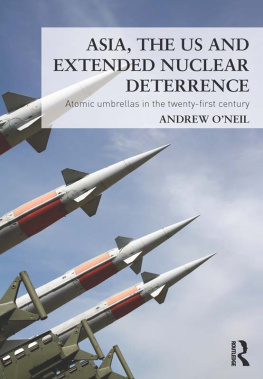

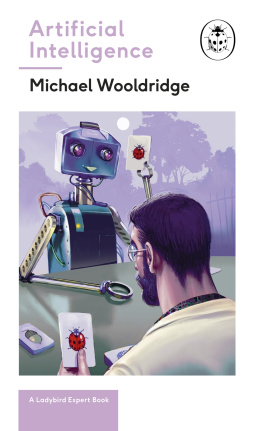
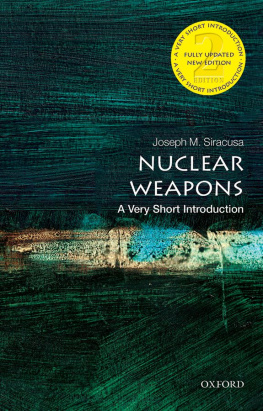
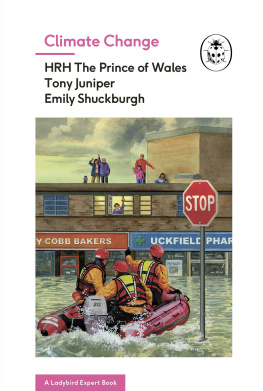
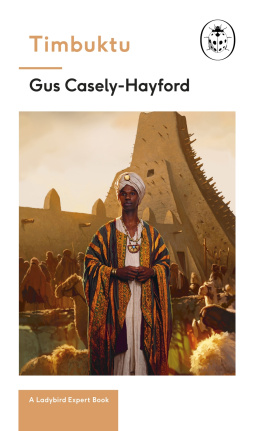
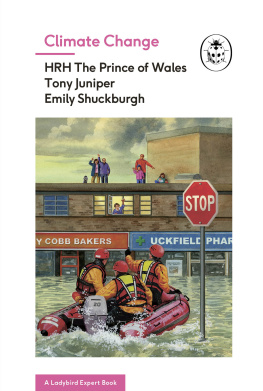



 Albert Einstein and Leo Szilard
Albert Einstein and Leo Szilard  Fat Man and Little Boy. The two bombs dropped on Japan in August 1945.
Fat Man and Little Boy. The two bombs dropped on Japan in August 1945. 